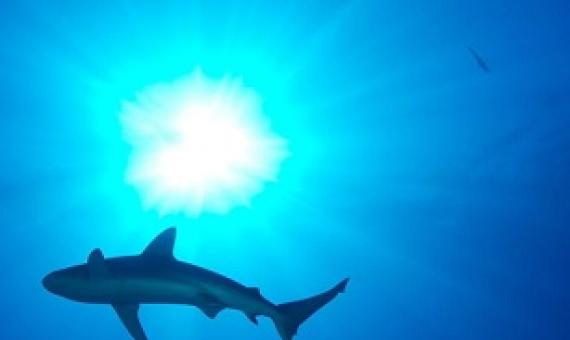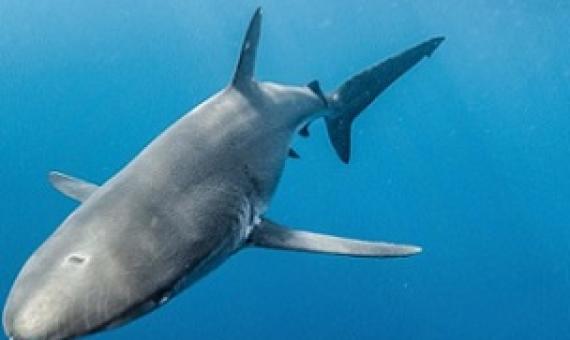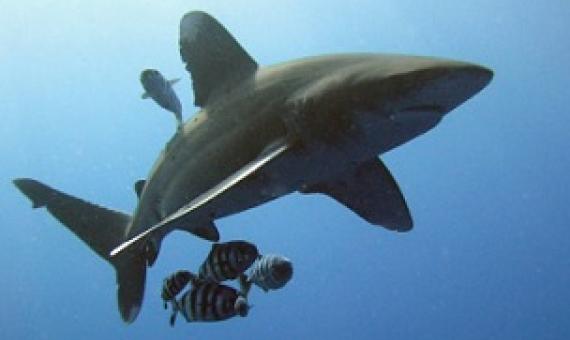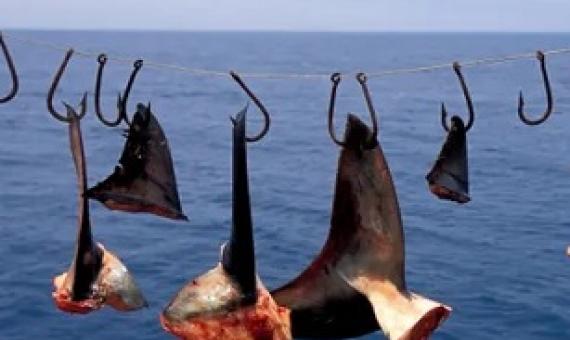Quantifying longline bycatch mortality for pelagic sharks in western Pacific shark sanctuaries
Marine protected areas are increasingly touted for their role in conserving large marine predators such as sharks, but their efficacy is debated. Seventeen “shark sanctuaries” have been established globally, but longline fishing continues within many such jurisdictions, leading to unknown levels of bycatch mortality levels. Using public data from Global Fishing Watch and Regional Fisheries Management Organizations, we quantified longline fishing within eight shark sanctuaries and estimated pelagic shark catch and mortality for seven pelagic shark species.





